|
I, too, am relinquishing my post at the Washington Post. By Zach Hively We need all the light we can get in these times. Unfortunately, I’m no longer shining one. Quite the opposite. I’m turning one more light off: I hereby resign as a contributor to the Washington Post, whose editorial board has yet again neglected to publish my opinions in their once-proud newspaper. Ignorance of my work is no excuse for the editorial board. Neither, if you ask me, is the allegation that I have yet to submit any work for consideration.
This is a simple case of quid pro quo—or it should be, since mutual back-scratching is fast replacing a free press as the fourth estate in this land that I love. Follow the bouncing ball: The Washington Post is owned by billionaire American Jeff Bezos, who undoubtedly made most of his fortune from newspaper subscriptions and paper delivery routes. Now that he’s hemorrhaging subscribers and drones are delivering the remaining few physical papers, he must rely on sale of goods from his side hustle to stay afloat. Now I can’t claim to be the reason that Amazon the website will outlast Amazon the rainforest. But I have dedicated a portion of revenue from at least two copies of my book to the company’s bottom line, plus more than one subscribe-and-save order of dish sponges. That adds up to, mathematically speaking, a non-zero contribution to keeping the Washington Post afloat longer than some other newspapers I’m still waiting to hear back from. And that doesn’t even tally up the personal information that Amazon has curated for its own gain, which if nothing else ought to inform the algorithm that my writing is ready and waiting for syndication. But apparently money can’t buy ink these days—an election, maybe, or some well-curried favor, but not one measly weekly column in a paper with dwindling but still international distribution. I was not even going to criticize my boss’ boss’ boss and his other billionaire buddies! At least not right away! I was going to leave that for the editorial cartoonists. Alas, now even they are getting shut down for leaning too heavily on that word “editorial.” (Picking up the slack from the editorial board, I guess.) This must be why job descriptions in journalism tend to include that catch-all other duties and obeisance as required. So it is my sad duty to inform you, dear readers, that I have not changed my mind. The Post has forced my hand, and I have my own moral code to consider—a code that demands I place the First Amendment first—a code that believes journalism can and should rise above partisan positions to keep a citizenry as well-informed as its own media literacy will allow—a code that says “quit before you even try”—a code that, above all, means I really should stick by my words, no matter how unfit to print. That’s why, if nothing else, I can begrudge the Washington Post its honesty: it keeps doing its damndest to turn out light after light so that democracy can die, as promised, in darkness.
3 Comments
One new federal mandate will require some people to prove they have jobs to receive federal food benefits. By: Austin Fisher Source NM The new year will see the start of state laws in New Mexico that will lower personal income taxes and make it easier to get certain medications. One new law will make it harder for some people to get food benefits.
All of the newly enacted laws detailed below take effect on Jan. 1. Here’s what you need to know, as organized by the state agency responsible for carrying them out. Taxation and Revenue Department The state tax code amended by House Bill 252 earlier this year will reduce the amount of taxes everyone pays, “but especially for those at the low- and middle-income levels,” said Charlie Moore, a spokesperson for the Taxation and Revenue Department. “It is the first major adjustment of brackets since 2005, meaning many taxpayers have moved into higher brackets as their income increased and due to inflation over the years,” Moore said. A married couple filing jointly with $50,000 in income, for example, could save $303 per year, he said. There will now be six brackets, compared to five under the existing structure, with rates ranging from 1.5% to 5.9%, he said. KUNM News created detailed tables showing how the new tax structure affects single and joint filers. Previously, unmarried people who earned between $16,000 and $210,000 per year were in the same bracket and taxed at the same rate of nearly 5% of what they made. Health Care Authority Companies that deliver maternal and child health care, primary care and mental health care will be able to get reimbursed more money under part of the state government’s annual budget approved earlier this year. Lawmakers set aside more than $28 million for this purpose, and companies will get reimbursed at 150% of the rate they normally get from the Health Care Authority through Medicare. The Health Care Authority is also responsible for overseeing the food benefits program, which will change for some people in the new year. Some New Mexicans getting food benefits from the Supplemental Nutrition Assistance Program, or SNAP, will have to prove that they are working a full-time job, volunteering, interning or going to school to keep receiving them. The new federally mandated work requirements will affect SNAP recipients who are not disabled and do not have any dependents. The work requirements are limited to those living in Bernalillo, Santa Fe, Eddy and Los Alamos counties, and the Pueblos of San Ildefonso, Pojoaque, Santa Clara and Laguna. In total, the work requirements will apply to nearly 12,000 New Mexicans. Office of the Superintendent of Insurance This year, lawmakers changed the Health Care Purchasing Act to curb the use of step therapy, which is the process by which insurance companies, and the pharmacy benefit management companies that handle prescriptions for them, refuse to cover a specific drug until after the patient has tried cheaper alternatives. The Office of the Superintendent of Insurance, the state’s insurance regulator, already had the power to review and appeal a health insurer’s denial of a request for an exception to step protocols. The new law requires insurers to authorize these kinds of drugs for the entire duration of their therapeutic effect, or five years. It also requires insurers to authorize a prescription subject to step protocols even when someone loses their insurance that was provided by their employer. “This is to ensure uninterrupted access to medically necessary drugs,” said Jennifer Romero, a spokesperson for the office. The new law also prohibits step therapy for autoimmune disorders and cancer treatments, except when a generic is available, and lifts the requirement for doctors to get prior authorization from insurers to prescribe these treatments. By Peter Nagle
Income Specialist Thoughtful Income Advisory 505-423-5378 Email [email protected] Greetings and I hope you have enjoyed your holiday season. The Market, as measured by the S&P 500, is up over 20% for the year, even though the “Santa Claus Rally” kind of fizzled at year end. Still, it was a good year for investments, especially if you emphasized tech stocks in your portfolio. If you didn’t, your return was probably about half the market because the equal-weight index was up only about 11%. Looking forward to 2025, forecasts are, as usual, all over the lot. I subscribe to a number of analytical newsletters and there is never unanimity of opinion of where the Market is going to go. Nobody knows, I like to say: we’re not given that information. One market expert, Tom Lee of FS Insights, does make sense to me though. If you watch CNBC he’s on there fairly regularly. The SP 500 is currently at about 5900. Tom thinks we’ll see it climb to 6500 by year end 2025, but experience a significant correction during the year. In other words, advance, decline, then advance again to end the year higher. Stock prices are pretty high by most measures. It seems likely to me we’ll see a good deal more volatility in markets this coming year: ups and downs. Earnings are also high though. So it’s entirely possible we’ll end up higher. So I think what Tom says makes sense. What could derail this? 3 things in my view: 1.) the Fed makes a mistake and doesn’t lower rates fast enough, and we have higher interest rates; 2.) Trump’s tariffs overshoot the mark and cause unintended severe economic damage; 3.) the AI story, which has been driving Tech Stocks astronomically higher, loses traction and there’s a crash of Tech Stock prices. So those are the main risks, in my view. While this is all happening, areas of the Market other than Tech might have a good year. Take Healthcare for instance. The stocks in this index have taken a hit this year. But Company earnings are strong and projected to grow 15% in 2025. So they could be an undervalued area in an overvalued market as a whole. Best wishes for the new year! I provide financial advice to individuals in our Abiquiu community at no charge as a way of giving back. If you have questions in that area feel free to contact me. I’ll do the best I can to help you sort through the issues. Peter J Nagle, M.A.R. [email protected] Sage Faulkner
Chama Peak Land Alliance Ghost Ranch, NM – On Friday, February 28, and Saturday, March 1, 2025, those interested in the happenings of the San Juan-Chama Watershed are invited to gather near Abiquiu, at Ghost Ranch, for the 9th annual Rio Chama Congreso. The Congreso brings together land and water management practitioners, users, and community members to discuss natural resource issues in the Rio Chama watershed. This year’s focus is riparian health and river restoration in the Rio Chama watershed. Congreso is an excellent opportunity to meet community members, share ideas related to water and natural resource management, and enjoy a day in the gorgeous landscape of northern New Mexico. This year, Congreso will happen alongside the 2-3-2 Partnership Meeting. Working collaboratively across all lands, agencies, and organizations, the 2-3-2 Partnership coordinates efforts to reestablish natural fire regimes, promote resilient landscapes that protect and improve water and other natural resources for humans, wildlife, and plants, and support the economic and cultural resilience of communities within and connected to the Rio Chama/Rio Grande landscape. The joint committees will bring the two water-focused agendas together in a multi-layered opportunity to meet key partners and see a variety of projects and funding currently happening in the watershed. Following the 2-3-2 Meeting on Friday morning, we will tour restoration projects and celebrate the premier of “Follow the Water.” Saturday will be the full Congreso meeting highlighting riparian and river restoration efforts in the region. Speakers at this year’s Congreso include former State Engineer, Mike Hamman; Chama District Forester, Joe Carrillo; and other representatives from various local, state, and Federal natural resource management agencies. Attendance at both the field trips and the event are free, although you must register ahead of time. For more information and registration, please go to the www.sanjuanchama.org. Be sure and follow San Juan – Chama Watershed Partnership on Facebook for the most current updates on the Rio Chama Congreso. Photo courtesy of Sage Faulkner Caption: Steve Vrooman, Keystone Restoration Ecology, prepares to launch a drone for mapping of Canjilon Creek restoration projects, 2024. 2024 continued to be a turbulent year in water policy, politics and health in New Mexico. By: Danielle Prokop Source NM Water stayed at the forefront of news about conservation, health and money in New Mexico this year, and pressure is growing for increased support from the Roundhouse in the January legislative session. As the world keeps heating up due to human burning and extraction of fossil fuels, New Mexico faces the dual anxiety of too much water at times, and too little at others. While unprecedented levels of federal money was made available for water projects during the Biden administration – from drought projects to drinking water concerns — advocacy groups say costs for addressing long-neglected contamination issues across the nation are “grossly underestimated.” It’s the way of rain in the high desert: sometimes too little, and then a lot all at once. With more rain expected this week, and an uncertain monsoon season ahead, flash floods threaten lives and homes in the still-burning South Fork and Salt Fires, but also in the burn scars of the 2022 Hermit’s Peak/Calf Canyon fires. But human burning of fossil fuels creates hotter conditions that both speed up the drying out of the land, but also supercharge rainstorms that do build up. “While we may get fewer storms, storms are getting more intense when they do hit,” said Andrew Mangham, a hydrologist at the Albuquerque office of the National Weather Service. New Mexico has seen near-historic levels of moisture in the atmosphere for June. “With climate change, with the warming of the atmosphere, and the warming of the oceans, we’re getting into a situation where the storms are capable of producing much heavier rainfall than we’ve seen in the past, simply because there’s much more water in the atmosphere,” Mangham said. Weather experts and local officials have their eyes to the skies, urging people to heed warnings about flooding and dangerous debris flows in the coming weeks and months. Bracing for more flooding, officials said that first responders pulled more than 100 people from floodwaters in and around Ruidoso, which is experiencing dramatic flooding and debris flows after rains pounded the areas burned by the South Fork and Salt fires. Ruidoso Mayor Lynn Crawford opened a Tuesday community meeting by thanking rescue crews and warned the area was continued “ground zero” for fire and flooding impacts. “We had a lot of folks that were pulled out of the water by our local responders and swift-water teams. It was just a miracle that we didn’t have a loss of life and no serious injuries,” Crawford said. Major General Miguel Aguilar, who leads both the New Mexico National Guard and the Department of Homeland Security and Emergency Management, pledged the state’s resources during the recovery, at Tuesday’s meeting. “It’s gonna be a long road, we know that. We’re not going to measure in days, unfortunately, it’ll be years before we’re completely done,” said Aguilar. Aguilar warned that floodwaters are unpredictable after a fire. “As many of you witnessed on Saturday and Sunday, that was a lot of water coming down off the mountain at a very, very high rate of velocity that almost no amount of obstacles can really stop,” he said. During the webinar, people asked what flood mitigation is currently in place in Ruidoso. Crawford responded that the city has purchased barriers to mitigate landslides and flooding, and is coordinating with the U.S. Army Corps of Engineers on an engineering plan to see if ponds can be built. “There will be flooding,” he said. ”There’s a really real possibility of a landslide in the Upper Canyon area.” You can’t stop the water’ Ruidoso isn’t the only place getting pummeled by floods. Las Vegas and the surrounding areas are still relying on alternate water sources, as their municipal system was overwhelmed by the flooding, as debris and more soils run into the water during heavy rains. Neighbors have been pooling resources to address flooding, ripping through arroyos, and scattering debris downstream. Yolanda Cruz, who’s lived in Las Vegas for more than 30 years and moderates the community recovery page, noted that she was luckier than others, with only her driveway of the mountain road washing out. But it’ll be a costly fix, and she’s still waiting on other payments from the Federal Emergency Management Agency. “We still haven’t been paid by FEMA for the fires and we were affected by both the fires and flooding,” she said. “I don’t hold out much hope that it’s gonna be done quickly.” Her parents, who are in their 70s, saw their backyard washed away into an arroyo. “My nephew had a car on a trailer, and that ended up in the neighbor’s driveway,” she said. “And then my parents’ propane tank was three houses away.” She said that living with the floods means adopting an emergency mindset – having a plan for when it rains, understanding how to use sandbags, and trying to be adaptable. “You can’t stop water,” she said. “So the most you can do is try to, maybe, route it a certain way.” Monsoon prediction challenges The unpredictability of monsoons, coupled with their chances of increasing ferocity, make any definitive statements about what will happen in the future difficult, said Mangham, the National Weather Service hydrologist. The fast build-up of monsoons means that the best predictions for where rain will be, and how much might fall, only has a few day’s notice. “The timescale is one to two days out,” he said. “That’s where we can say there’s a pretty good chance that in this town or this set of mountains, we’re gonna see some heavy rainfall. Once we get beyond day five, it becomes quite a bit more difficult for us.” Instead of the non-soon of last year, where the seasonal rains failed to materialize, the die is loaded into seeing a monsoon season that could be somewhat drier than average compared to previous years. But that tool is imprecise. “The Sacramento mountains can get shellacked with three or four years worth of rainfall in one summer, and the whole state could still be below average,” Mangham said. And the best estimate right now is that Ruidoso and the Sacramentos may see a wet monsoon.
Flooding occurred all over town as fierce rains pushed up floodwaters and carried ash, soils and sludge in powerful debris flows. It was considered a storm that is seen every 350 to 400 years, said Mangnam, but with our changed climate, those powerful storms are happening more often. “That’s definitely not the only one like that we’re going to get in the area,” he said. Another factor for New Mexico’s rains is hurricane season in the Atlantic Ocean. It got off to an explosive start with Hurricane Beryl, which is now rated as a Category 5 storm, and caused “Armageddon-like” damage in the Caribbean. The storm is forecasted to enter into the Gulf of Mexico, a pattern that often feeds moisture into New Mexico. “If we’re getting more and more hurricanes, stronger hurricanes come into the Gulf of Mexico, then I think that you have to say there’s an increased chance that we’re going to be pulling moisture and and getting some pretty heavy rainfall events, especially across the southern tier of New Mexico, where the Ruidoso burn scars are,” Mangham said. There are efforts to try and get ahead of the flash floods. Last week the U.S. Geological Survey, a federal agency which maintains measurements on rivers and streams, helped install monitoring equipment to give more warning when river levels rise. The increased monitoring will continue through September, triggering weather officials when rains begin, and allowing more time to issue evacuation orders. By Karima Alavi
It’s that time again when many of us reflect on the year that just passed, and focus on our dreams, hopes and plans for the year to come. Dar al Islam (DAI) has much to look back on, and even more to anticipate as the site is developed, new programs are implemented, and community outreach expands. The last year has been a busy one, highlighted by many changes. One exciting element of the master plan for upcoming years is an effort to eventually have DAI designated as a National Historic Monument. Though the building is six years shy of the 50-year requirement, the State of New Mexico has already recognized the historic relevance of the building and considers it worthy of a future nomination. This will be a long process, but Dar al Islam is confident of approval when the time is right. Facilities enhancement was a primary focus for 2024. The outdoor area was landscaped, and a new bon fire space was developed with seating in the form of an amphitheater. Nearly 100 people can be accommodated in this open area that offers a beautiful view of the Abiquiu valley. Near the bon fire site are two volleyball courts, a soccer field, and a 9-target archery field. Retreats and other activities: Dar al Islam hosted nine retreats in 2024 as well as a wedding, and expects to host more during the 2025 retreat season. The Rumi Center for Spirituality and the Arts, based in Fez, Morocco, held their first U.S.-based Sufi Meditation Retreat at DAI. This focus on the arts wove its way through the summer with a workshop on the Art of Pattern (geometric design), the Reed Society’s calligraphy program, and the hosting of artists for the Abiquiu Studio Tour. (See the Abiquiu News Dec. 20 edition for more information on that event.) Other retreats offered family gatherings as well as an opportunity for Muslim chaplains to share their experiences and learn from each other. Community Outreach: In the spirit of connecting with the surrounding community, several projects and policy changes have been implemented. Visitors to Dar al Islam will be happy to know that access to Plaza Blanca has been made easier with the implementation of online requests for an entry code that provides an immediate response. This streamlined process also encourages Plaza Blanca tourists to visit the mosque, something that led to a significant increase in visits. Additionally, Dar al Islam received a generous grant to improve and map Plaza Blanca trails. The initial step in that effort was a “Walking Gently” retreat that gathered about a dozen hikers who shared meditation, prayer, and hiking on a glorious October weekend. (See the Abiquiu News Oct. 23 edition for more information on that event.) Other outreach efforts took DAI staff to Abiquiu Library, the Northern Youth Project, Monastery of Christ in the Desert, Ghost Ranch, and Northern New Mexico College where a partnership was launched that led to several trade-school students being hired for repair and maintenance tasks in Abiquiu. Dar al Islam also offered its facilities to an Abiquiu-based non-profit organization that assists with grief management, who held their Board of Directors meeting on the DAI campus. As Dar al Islam looks to the future, there are plans for more facility improvements, increased programming, and further interactions with people and organizations within the surrounding region. We invite you to visit soon. In the meantime, may God grant all of you a happy and healthy 2025. By Hilda Joy Images courtesy of Iren Schio Republished from January 2020 The New Year usually gets off to a very wet start—champagne or eggnog or punch, etc. My personal preference to greet the New Year is hot-buttered rum. This is a very old libation much loved by the American colonists, but it probably descended from drinks imbibed at the time in Merry Olde England, whose citizens loved quaffing hot spicy drinks in Winter. One Colonial practice was to warm the ingredients by plunging a red-hot poker into the mug. Rum was cheap and originated in nearby Caribbean islands, where sugar cane was grown with slave labor. The cane was cooked down to molasses which was shipped to New England, where distilleries were built to turn molasses into rum. Nowadays, the entire process usually takes place close to sugar-cane production not only in the Caribbean but also in Latin America. Recently, good friends and I gathered around a blazing fire burning in a firepit set up in the snow and drank hot-buttered rum. We did not feel the cold. National Hot-Buttered Rum Day is coming up soon--January 17. Get ready to celebrate by mixing up a batch of spicy hot-buttered rum mix per this recipe This drink is wonderful on a cold wintry day especially in front of a roaring fire—indoors or out. It can be given to children without the rum, and it will soothe sore throats and reduce coughing. A covered batch of hot-buttered rum mix can sit in the refrigerator for months and still be good. Developed by a bartender in Oregon, this recipe was published in Gourmet magazine in the ‘60s.
I can barely leave the house in Spandex anymore. By Zach Hively Image Courtesy of Zach Hively I guarantee that I am way ahead of everyone else’s New Year’s resolutions. Check that box, notch that belt, color me successful—we’re just skidding into January, and I have already outgrown my naïve resolution to exercise at the gym. I should mention that I already owned the killerest biceps of the entire English Department Class of 2007 at my alma mater, so far as I could tell through the graduation gowns. And unlike my peers who went on to earn doctorates and professorships, I let neither my body nor my mind slip. With that advantageous head start, I have set lofty new goals to buff up even more muscles. For instance, I estimate that I can reach five full sit-ups by the end of democracy as we know it. Just look at that grip strength. Yet my primary motivation in going to the gym was never about “trimming down” or “gettin’ swol.” I went to enjoy the dedicated me-time. I yearned to escape the hustle and bustle of hiking trails and fresh air by popping in some ear buds and looking really athletic for fifteen minutes. But-- and you dudes out there will understand precisely what I’m talking about-- it’s impossible to go to the gym without being ogled all the time. The feeling of eyeballs scouring your physique grows even harsher when you walk out of the locker room wearing Spandex shorts. The discomfort starts the moment I enter the building. The counter attendant—a different counter attendant both times, I’ll have you know—stalks me all the way to the check-in computer. She lingers there with my temporary membership card. Then, offhandedly, as casually as she might suggest closing an umbrella indoors, she asks me if I’d like a towel. Oh ho! I would get smacked for so much as mentioning a piece of terrycloth drying sweat from her unmentionables, if I’d ever had the thought, which I certainly didn’t. But as a man at the gym, this kind of abuse is simply to be endured. The blatant leering worsens in the actual fitness area. A woman who thinks she’s God’s gift to men always lingers behind me. She justifies her hovering examination of my posterior by asking if the drinking fountain will be available soon, even though I’m clearly flushing all the germs out of the mouthpiece before I drink. Ms. God’s-Gift could use a little less time on the lat pulldown and a little more time on sensitivity training, if you ask me. Instead, I’m supposed to accept her undesired advances as a compliment. It never stops. Women inquiring if the spin bike is free, or if I am just warming up the saddle. Women grazing me on the indoor track as I dash onto it. Women wiping up my sweat when I’m finished with the leg press. And just when I think I’m home free, the counter attendant begs me lasciviously to come back again soon. Really, the only escape from this onslaught of sexual oppression is the locker room. We men stand united in our sanctuary. Here, we can talk to total strangers about what we lift, yes, but also about our deepest worries: what’s happening at home, whether our kids will be okay through the divorce, how good those counter attendants must be in the sack.
Rather, I should say that Other Men have these conversations in the locker room. I mostly try to keep my gaze averted, because Other Men feel it’s perfectly acceptable to commune with each other in complete nakedness, without so much as a flip flop. It is standard, documented etiquette that any two given men may not so much as whisper about sports and cars while standing shoulder to shoulder at the urinals. Yet somehow a handshake with full-frontal nudity is a-okay? There’s a Nobel prize for the crack scientist who riddles out that phenomenon. As for my own incidental observations, I’ve now paired every single concern I have about aging with visual confirmation. I also know precisely how I size up to your average sixty-something gym member in the, well, “gym member” department. But that’s not what bugs me most. What really bugs me is that a bunch of athletes are walking around in their bare feet. What do you get when you mix athletes and sweaty feet? Sopping wet floors, that’s what! Also, this behavior can spread some form of toe fungus, but I can’t remember its common name right now so I’ll skip that point and go right back to aggressive attention from brazen women. You may think I should feel flattered. But there’s more to me than skin and muscles. I’ve moved on from the gym because I want to be respected—nay, revered!—for my more deeply-rooted qualities. For instance, I still have some hair. It’s up here, if you can pry your imagination off my Lycra. By Hannah Grover
NM Political Report A new report shows that New Mexico has experienced some of the fastest growth in clean energy jobs in the country. The report, released by E2 and the Renewable Energy Industry Association of New Mexico, ranks the state as top in the nation for growth in energy efficiency jobs and third for clean energy jobs. This job growth is in part due to the $2 billion of private investments since the passage of the federal Inflation Reduction Act. There are now more than 13,400 clean energy jobs in the state and New Mexico added 770 clean energy workers in 2023. “The historic policies and incentives created by the IRA are transforming New Mexico’s clean energy industry, and workers and businesses in every part of our state are benefiting,” Susan Nedell, the senior western advocate for E2, said in a press release. “This report clearly shows clean energy continues to be an important economic driver for the state, demonstrating the need for continued leadership at the state level to attract even more jobs and investments to New Mexico as the sector grows across the country.” The report uses data from the Bureau of Labor Statistics’ Quarterly Census of Employment and Wages. This shows that clean energy jobs in New Mexico grew 6.1 percent last year, which is more than double the pace of economy-wide job growth in the state. In fact, the clean energy sectors accounted for 19 percent of all energy-related jobs added in New Mexico in 2023. ““New Mexico’s economic growth due to clean energy is a major win for the Mountain West,” Jim DesJardins, executive director of REIA-NM, said in a press release. “Solar is an outstanding renewable energy source for states with an abundance of sunshine, like New Mexico. We need to continue to foster collaborative efforts between renewable energy companies, state governments, communities and landowners, as we seek to lower our carbon footprint and to create new career opportunities.” By BD Bondy
I’ve completed refurbishing 22 small form factor computers, which means, they are desktops but small ones. I only have 5 monitors, so as far as complete computers, I have 5. If you have a flat panel monitor taking up space in your closet, consider donating it so I can offer more complete computers. I am short monitors, keyboards, and mice for the others. If you already have an older computer, then maybe you’d like to upgrade and keep your screen, keyboard and mouse? All the computers are Windows 11, current release 24H2. They are mostly all 8gb ram and 256gb solid state drives, NVMe, if that means anything to you. They are mostly 7th & 8th generation computers, so 6 or 7 years old. They are decent processors too, Core i3 for the most part running 4 cores at 3.9ghz. I’ve generally added memory, a hard drive, video adapter, and WiFi. As I had to purchase components to fix these computers, I’d like $20 for a computer, if you can afford that, if not, you can have it for free. I need to get rid of them as soon as I can, as they are just taking up space now. (Carol would like that too) |
Submit your ideas for local feature articles
Profiles Gardening Recipes Observations Birding Essays Hiking AuthorsYou! Archives
September 2025
Categories
All
|


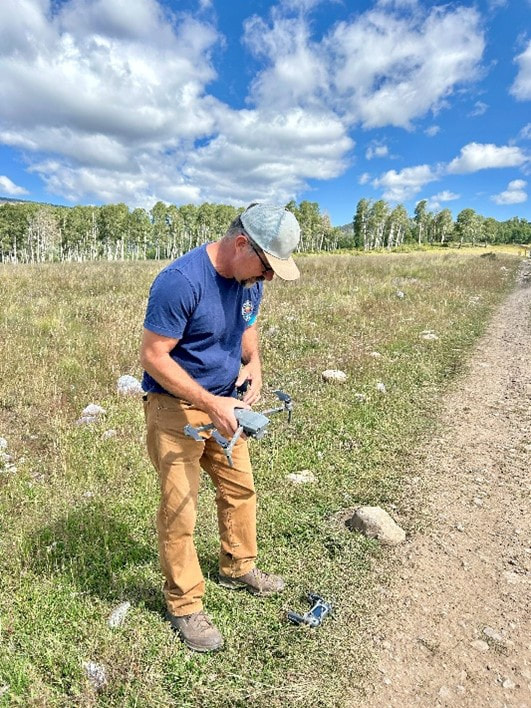
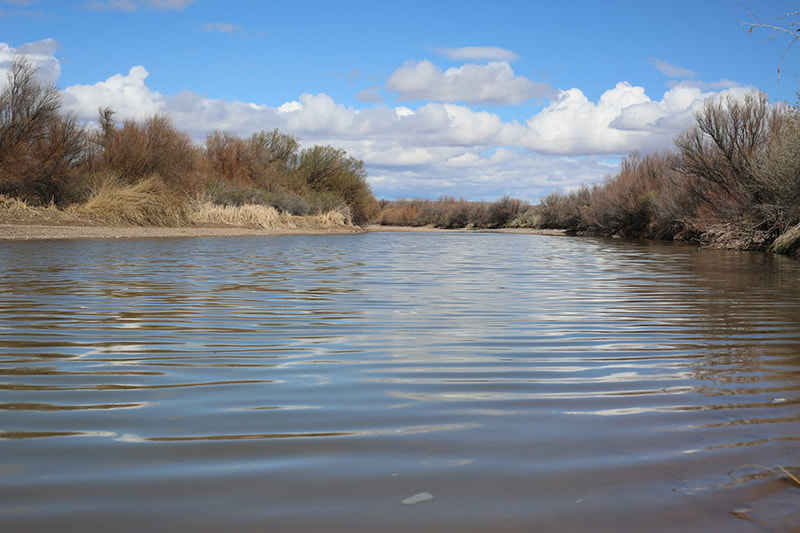
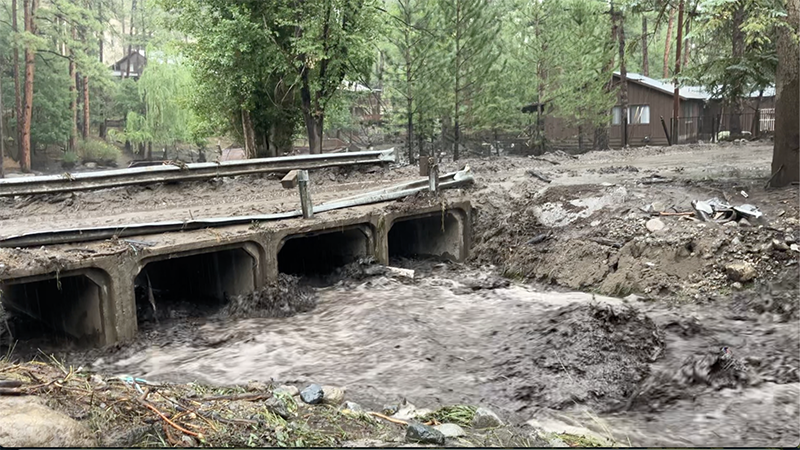
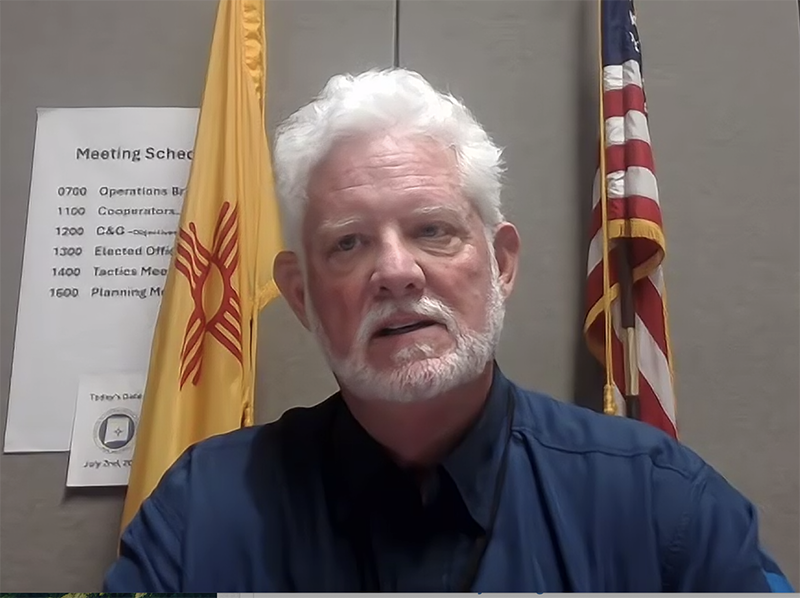
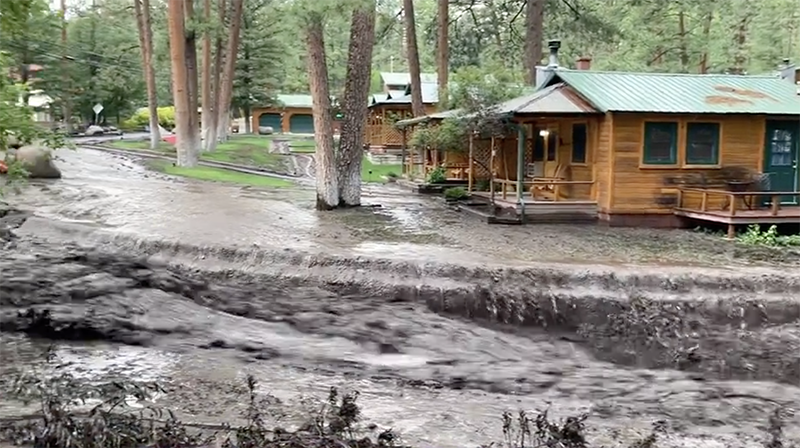
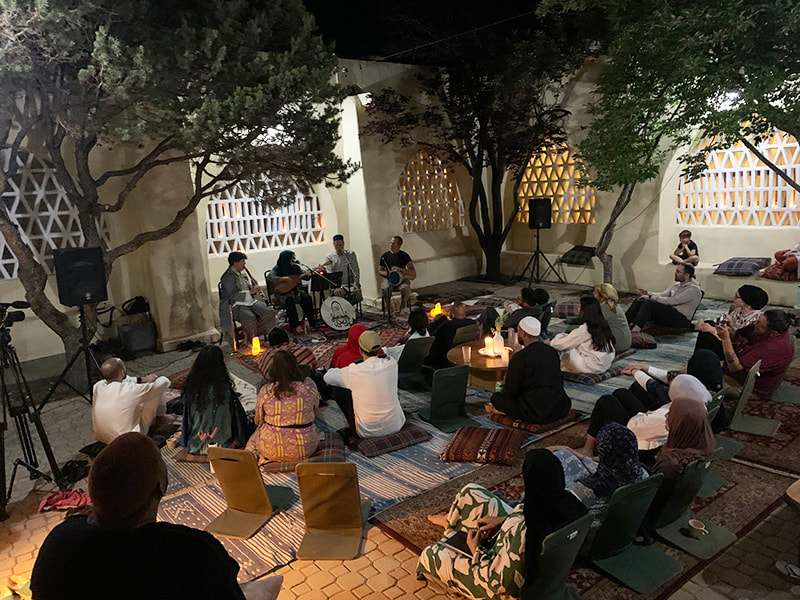
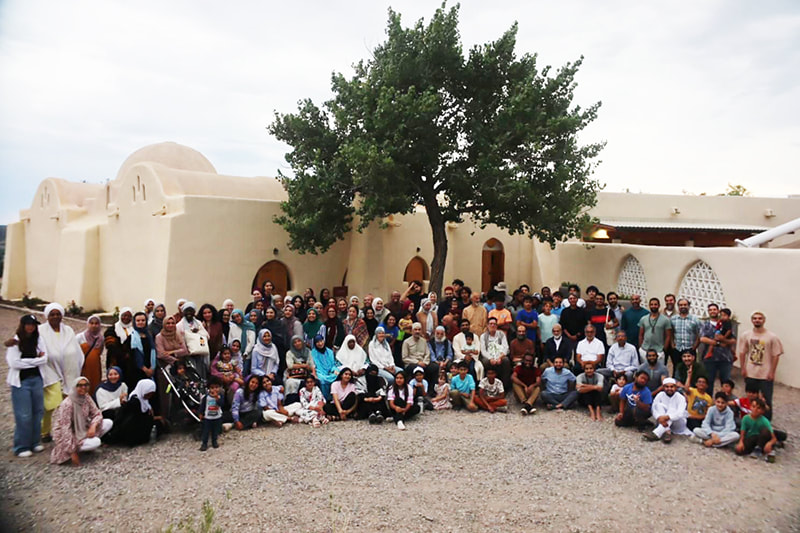
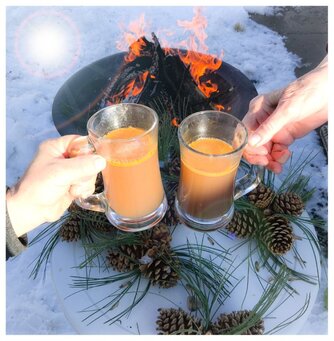
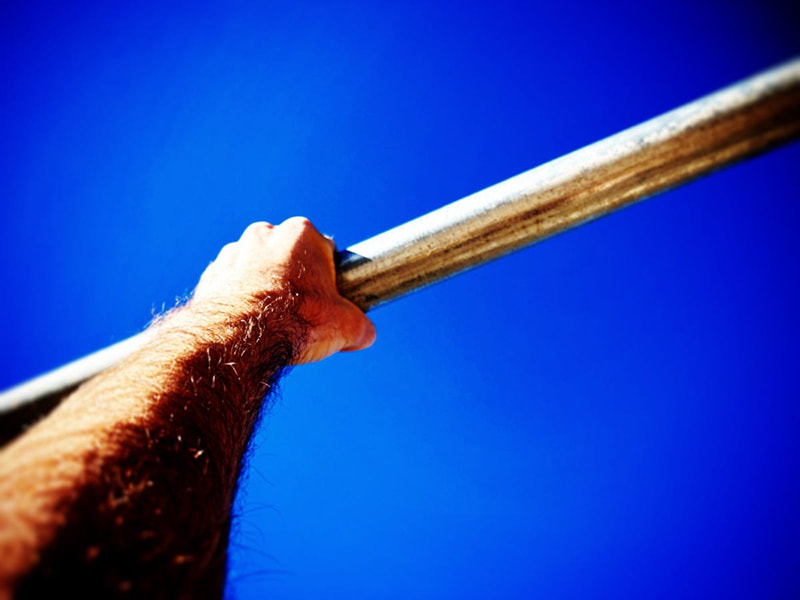
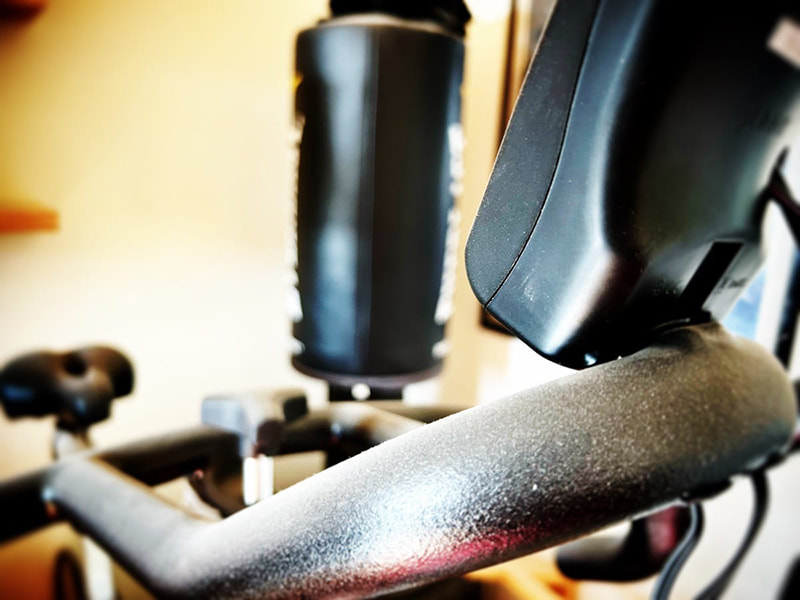

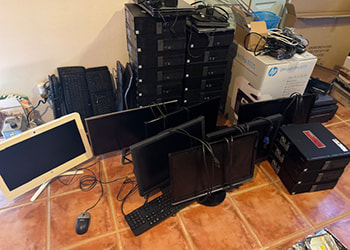
 RSS Feed
RSS Feed